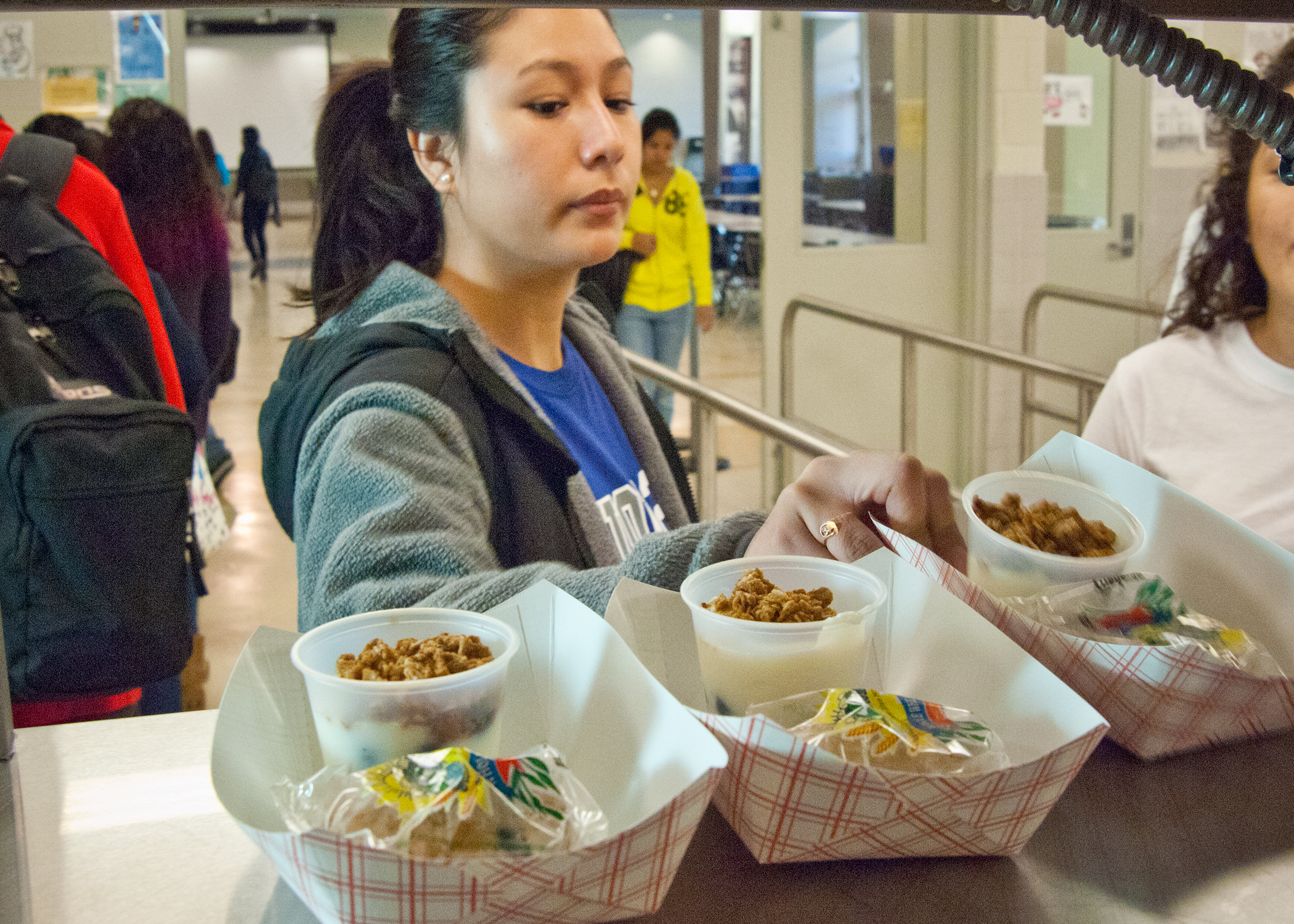Pulitzer Center Update January 22, 2016
School Lunches Around the World
Country:

School lunches has recently been a contentious subject in America. The budget is forever underfunded, the food is frozen and unhealthy, the students are not satisfied, and this list could go on forever.
However, this is not the case in other countries.
The New York Times recently ran a piece by Bettina Siegel about a new documentary on school lunches, titled "Where to Invade Next." The documentary shows children in Normandy eating scallops, lamb skewers and a cheese course. We're told the chef who prepares these schools lunches "spends less per lunch than we do in our schools in the United States." French children and adults gaze in horror at pictures of what school lunches look like in the United States.
It is not only in Europe, a land people praise for their food culture, where countries have figured out a way to serve their children a decent and healthy meal every day. Pulitzer Center grantee Rhitu Chatterjee wrote about the free school lunches given to every child in India in her project A Free Meal: India's School Lunch Program.
Chatterjee reports that since the country has implemented its free lunch program, the schools have seen numerous benefits they owe to the free lunches. Attendance rates are on the rise, especially for girls and children from the poorer areas of India. The children are doing better in school—and enjoying the meals. Chatterjee quotes a 12-year-old girl saying, "The school food is cooked really well, I like everything we eat here, especially the kadhi with rice." Kadhi is a yellow curry made with fritters and chick pea flour.
Not only can you hear nearly every public school student complain about the taste of their food, but it is not healthy either. Recent data shows that although school systems are trying to change their lunch, only six percent of the school lunch programs meet the nutritional guidelines set up for them by the U.S. Department of Agriculture. That is especially harrowing considering that a slice of pizza is viewed as a vegetable.
India's free lunch program is funded by a country whose GDP is less than half of the United States and has a population that is over triple our size. And both Chatterjee and Siegel's reporting show that a country can have a binary of cheap and healthy lunches. A child's health is the last thing the United States should be lagging behind on, but the option we offer of either healthy or cheap lunches seems to keep us behind.






